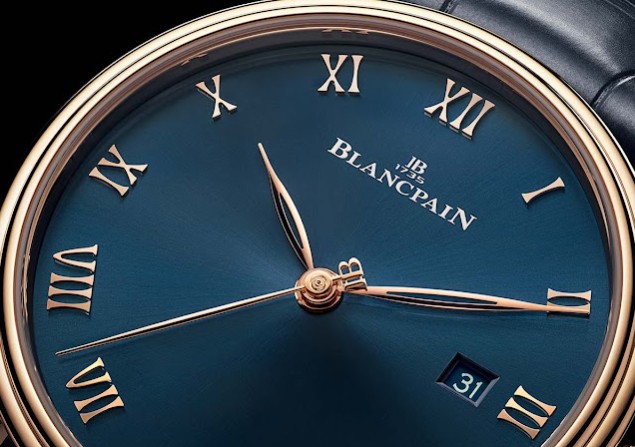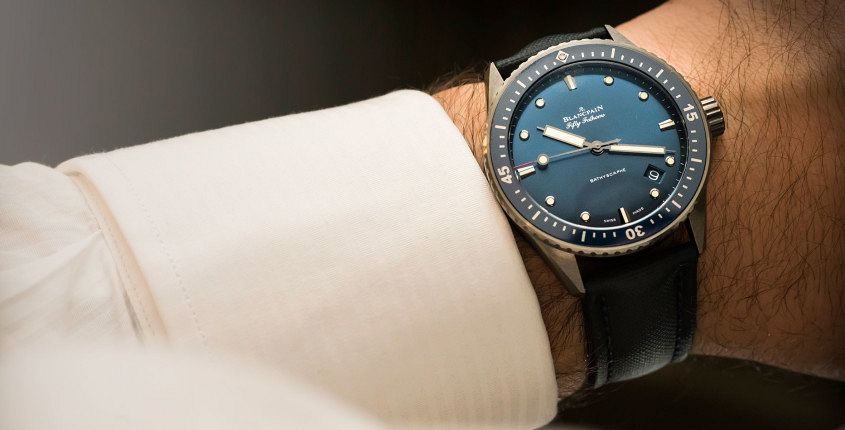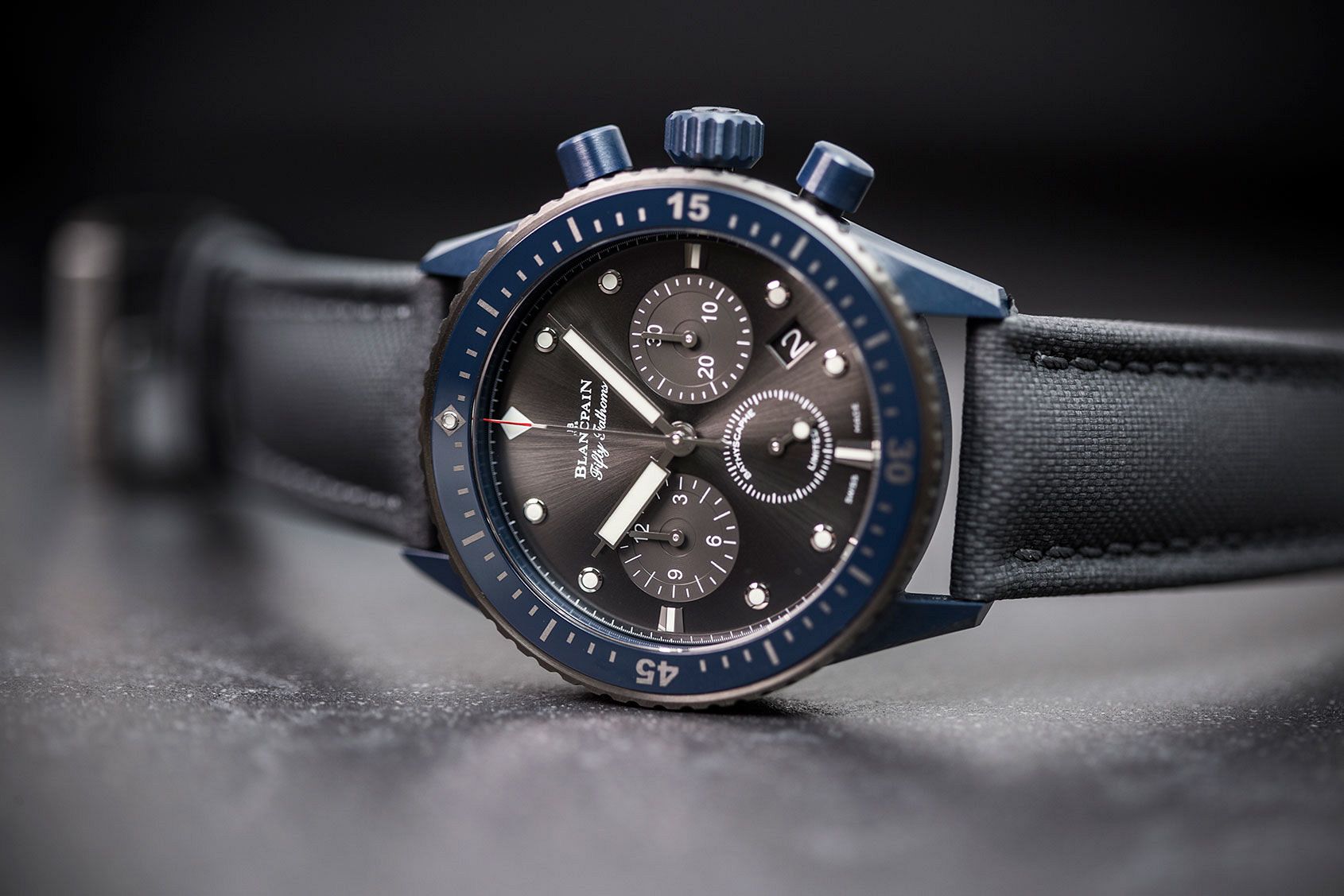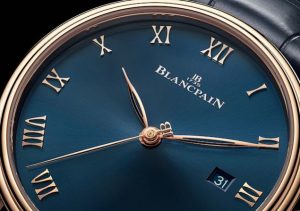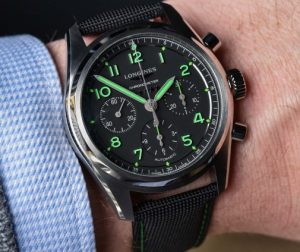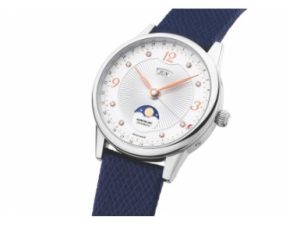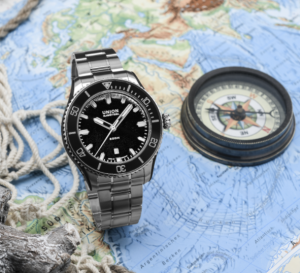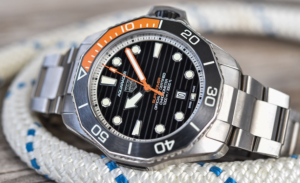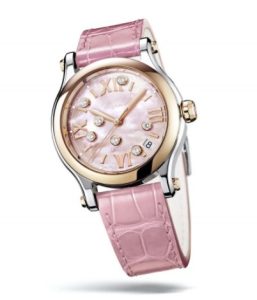Last time we recommend Montblanc watch,this time we recommend another watch.No matter from the...
Blancpain
It is not every day we get to examine something that’s only so spectacular...
The Blancpain showcased its latest re-interpretation of one of its vintage pieces from the 1950s...
The original Fifty Fathoms wristwatch was one of those watches that helped to define...
Blancpain has upped the ante on last year’s excellent Ocean Commitment watch, with a...
